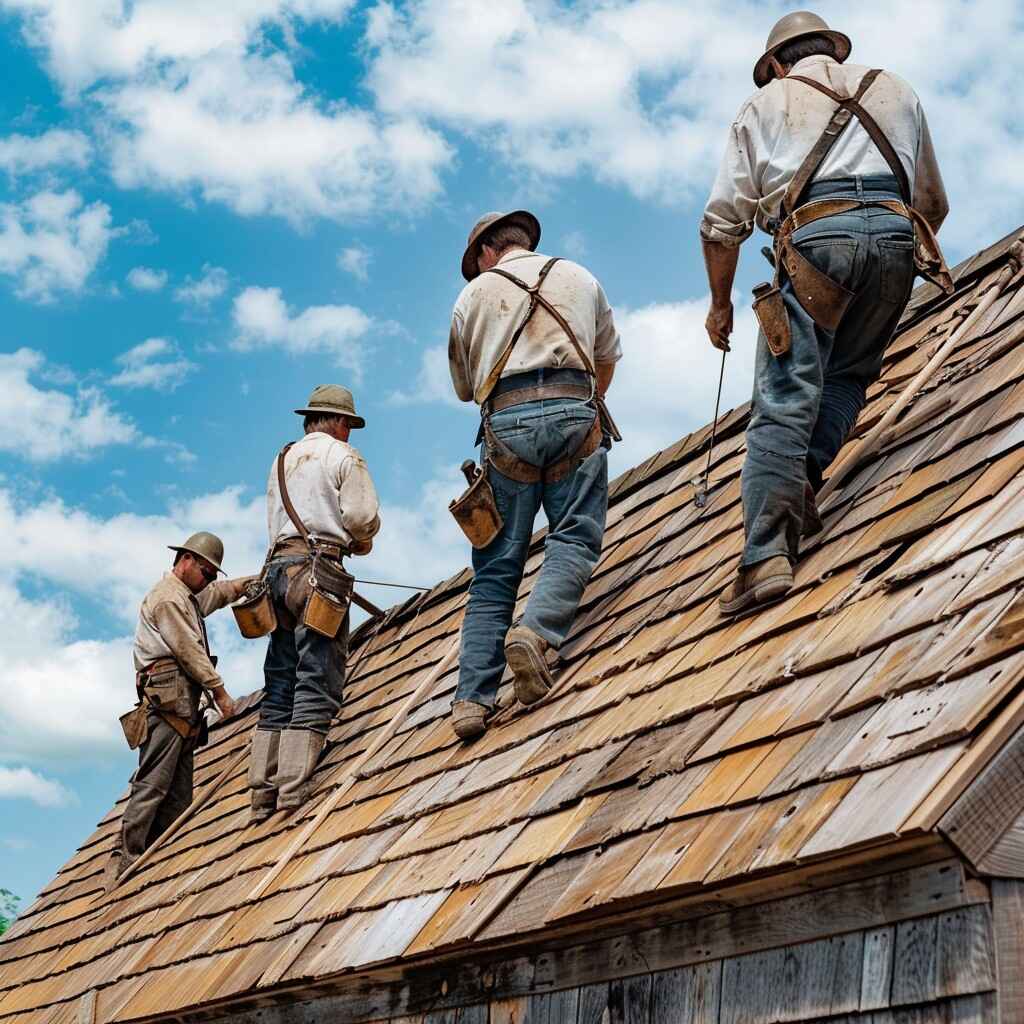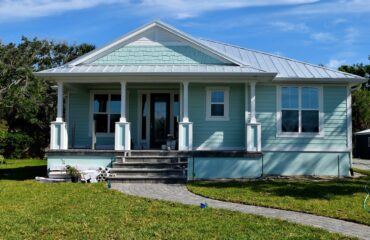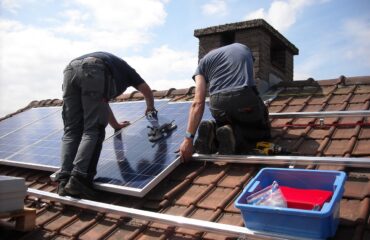When choosing a roofing material for your home, deciding between metal roofs and shingles can be challenging. Both materials have distinct advantages and drawbacks, and the best choice often depends on budget, climate, and aesthetic preferences. This article from a trusted roofing company will explore whether metal roofs are better than shingles by comparing their durability, cost, energy efficiency, environmental impact, and overall value.
Durability and Longevity
One of the most significant differences between metal roofs and shingles is their durability. Metal roofs are renowned for their longevity, often lasting 40 to 70 years with minimal maintenance. Some high-quality metal roofs can even last longer, making them a one-time investment for homeowners. Metal is resistant to harsh weather conditions, including heavy rain, snow, hail, and strong winds. Additionally, metal does not rot, warp, or crack over time, which is a common issue with traditional asphalt shingles.
On the other hand, asphalt shingles typically have a lifespan of 20 to 30 years, depending on the quality of the material and the installation. While shingles are generally durable, they are more susceptible to damage from extreme weather conditions, exceptionally high winds, and hail. Over time, shingles can deteriorate, leading to issues like cracking, curling, and granule loss. As a result, they require more frequent repairs and replacements than metal roofs.
Cost Considerations
The upfront cost is a significant factor for many homeowners when choosing roofing materials. Asphalt shingles are generally much cheaper to install, making them a popular choice for those on a tight budget. The cost of installing shingle roofs can range from $2 to $5 per square foot, depending on the type and quality of shingles.
Metal roofs, however, are more expensive initially. The cost can range from $5 to $14 per square foot, depending on the type of metal (such as aluminum, steel, or copper) and the complexity of the installation. While metal roofs require a higher initial investment, their longer lifespan often makes them more cost-effective in the long run. Homeowners who opt for metal roofs may avoid multiple shingle replacements over the years, balancing out the initial expenditure.
Energy Efficiency
Energy efficiency is another crucial aspect to consider. Metal roofs are highly energy-efficient, reflecting solar radiant heat instead of absorbing it. This reflective property can reduce cooling costs by up to 25% during hot summer, especially in warmer climates. Some metal roofing systems are also designed with additional insulation, enhancing energy efficiency.
In contrast, asphalt shingles tend to absorb heat, making homes warmer and increasing energy costs for cooling. However, some newer shingle products have reflective coatings, improving energy efficiency. Even so, they do not match the superior thermal performance of metal roofing.
Environmental Impact
From an environmental perspective, metal roofs are generally the greener option. They are often made from recycled materials and are fully recyclable at the end of their life. Additionally, their long lifespan reduces waste associated with roof replacements, which is familiar with shingles.
Asphalt shingles, however, have a more significant environmental footprint. They are primarily made from petroleum-based products and are difficult to recycle. When old shingles are removed, they usually end up in landfills, contributing to environmental waste. For eco-conscious homeowners, metal roofs offer a more sustainable choice.
Aesthetic Variety and Curb Appeal
Both metal roofs and shingles offer various design options, allowing homeowners to choose a style that complements their home’s architecture. Shingles come in different textures, colors, and shapes, providing versatility in achieving various looks. For traditional homes, shingles are often the preferred choice due to their classic appearance.
Metal roofs, once associated primarily with barns and industrial buildings, have evolved significantly in recent years. They now come in styles that mimic traditional roofing materials like shingles, slate, or tiles. Metal roofs are available in various colors and finishes, offering more customization options. They can add a sleek, modern look to a home, enhancing its curb appeal.
Overall Value
When considering overall value, weighing the pros and cons of each roofing material based on your specific needs is essential. Metal roofs offer superior durability, energy efficiency, and environmental benefits, making them a long-term investment. However, they come with a higher upfront cost, which can be a deterrent for some homeowners.
While more affordable initially, asphalt shingles may lead to higher long-term costs due to their shorter lifespan and potential for frequent repairs or replacements. They remain popular for homeowners who prioritize affordability and prefer a more traditional aesthetic.
Other Roofing Tips:





